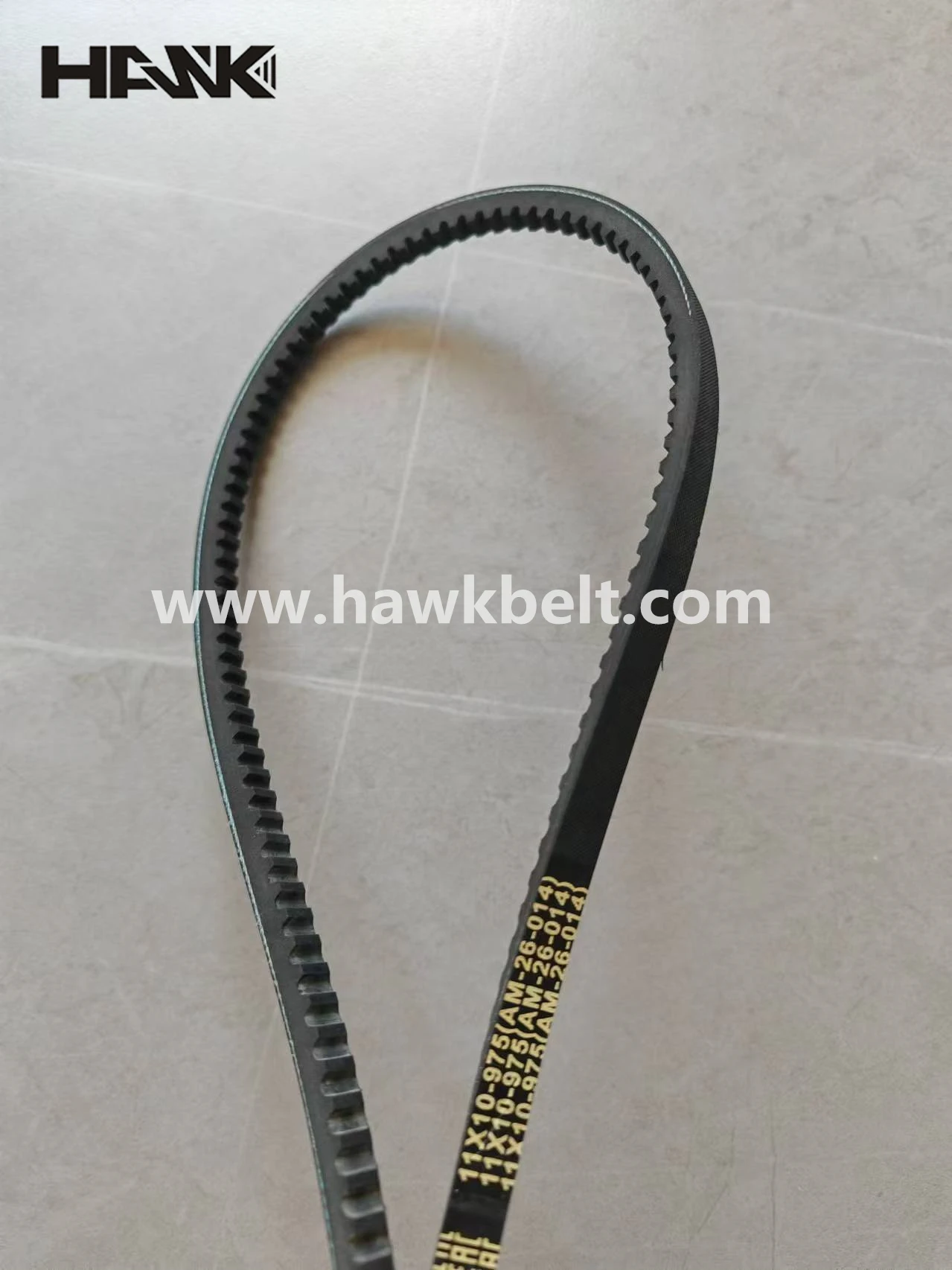- Arabic
- French
- Russian
- Spanish
- Portuguese
- Turkish
- Armenian
- English
- Albanian
- Amharic
- Azerbaijani
- Basque
- Belarusian
- Bengali
- Bosnian
- Bulgarian
- Catalan
- Cebuano
- Corsican
- Croatian
- Czech
- Danish
- Dutch
- Afrikaans
- Esperanto
- Estonian
- Finnish
- Frisian
- Galician
- Georgian
- German
- Greek
- Gujarati
- Haitian Creole
- hausa
- hawaiian
- Hebrew
- Hindi
- Miao
- Hungarian
- Icelandic
- igbo
- Indonesian
- irish
- Italian
- Japanese
- Javanese
- Kannada
- kazakh
- Khmer
- Rwandese
- Korean
- Kurdish
- Kyrgyz
- Lao
- Latin
- Latvian
- Lithuanian
- Luxembourgish
- Macedonian
- Malgashi
- Malay
- Malayalam
- Maltese
- Maori
- Marathi
- Mongolian
- Myanmar
- Nepali
- Norwegian
- Norwegian
- Occitan
- Pashto
- Persian
- Polish
- Punjabi
- Romanian
- Samoan
- Scottish Gaelic
- Serbian
- Sesotho
- Shona
- Sindhi
- Sinhala
- Slovak
- Slovenian
- Somali
- Sundanese
- Swahili
- Swedish
- Tagalog
- Tajik
- Tamil
- Tatar
- Telugu
- Thai
- Turkmen
- Ukrainian
- Urdu
- Uighur
- Uzbek
- Vietnamese
- Welsh
- Bantu
- Yiddish
- Yoruba
- Zulu
Δεκ . 17, 2024 06:54 Back to list
variable speed v belt
Understanding Variable Speed and Belt Systems A Comprehensive Overview
In various engineering and industrial applications, the concept of variable speed is extremely critical, particularly when it involves belt-driven systems. These systems can be found in a myriad of machinery, from conveyor belts in manufacturing plants to automotive engines. The ability to adjust the speed of a belt drive accurately and efficiently not only enhances performance but also improves energy efficiency and operational cost-effectiveness.
The Basics of Belt Drive Systems
A belt drive system consists of two or more pulleys connected by a belt. The primary function of this arrangement is to transmit power from one shaft to another. When the motor or driving pulley turns, it rotates the attached belt, which in turn rotates the driven pulley. Traditionally, belt drive systems operated at a fixed speed, which limited their versatility and adaptability to varying loads and operational requirements.
However, the introduction of variable speed technology has revolutionized how these systems function. Variable speed drives (VSD) allow users to change the motor speed dynamically, adjusting the belt speed accordingly. This capability is particularly important in applications where load requirements fluctuate, as it enables optimal performance under changing conditions.
The Importance of Variable Speed
1. Energy Efficiency One of the primary benefits of variable speed technology is the potential for significant energy savings. In traditional fixed-speed systems, motors often run at full speed even when the load does not require it. By utilizing variable speed drives, systems can operate only at the necessary speed, drastically reducing energy consumption and lowering operational costs.
2. Enhanced Control Variable speed systems provide superior control over the operation of machinery. This control is crucial in processes such as material handling, where precise adjustments in speed can affect throughput and product quality. For example, in a manufacturing setting, varying the speed of a conveyor belt can help ensure that materials are handled gently, preventing damage or loss.
variable speed v belt

3. Extended Equipment Lifespan Operating machines at fixed speeds can lead to excessive wear and tear, especially under fluctuating loads. By allowing for variable speed operations, the mechanical stress on components, such as belts and pulleys, can be minimized. This reduction in mechanical stress often results in a longer lifespan for equipment, reducing maintenance costs and the need for frequent replacements.
4. Improved Performance In many applications, the ability to fine-tune speed enhances overall system performance. For instance, in an automotive application, variable speed belts can optimize engine performance by ensuring the engine operates at its most efficient RPM for varying driving conditions. This adaptability leads to smoother operation, better fuel efficiency, and reduced emissions.
Applications of Variable Speed Belt Systems
Variable speed belt systems are used across various industries. In manufacturing, they are essential for assembly lines where different products may require different speeds for optimal processing. In the robotics sector, variable speed technology allows robots to automate tasks with varying precision and efficiency. In HVAC systems, variable speed drives enable fans and pumps to operate at lower speeds when less cooling or heating is required, resulting in energy savings.
In the agriculture industry, variable speed drives on belt systems help optimize machinery operation, whether it's adjusting the feed rate on a harvester or controlling the speed of irrigation systems. The expansion of variable speed technology is also seen in the renewable energy sector, where belt systems are integral in wind turbine operations and solar panel adjustments.
Conclusion
The integration of variable speed technology in belt-driven systems has fundamentally transformed how industries operate. By offering energy efficiency, enhanced control, longevity, and improved performance, these systems are now indispensable in modern engineering and manufacturing environments. As technology continues to evolve, the impact of variable speed systems is expected to expand further, paving the way for smarter, more efficient operational practices across various sectors. As we move forward, understanding and implementing variable speed drive technology will be crucial for any organization aiming to remain competitive in an ever-evolving economic landscape.
-
Korean Auto Parts Timing Belt 24312-37500 For Hyundai/Kia
NewsMar.07,2025
-
7PK2300 90916-T2024 RIBBED BELT POLY V BELT PK BELT
NewsMar.07,2025
-
Chinese Auto Belt Factory 310-2M-22 For BMW/Mercedes-Benz
NewsMar.07,2025
-
Chinese Auto Belt Factory 310-2M-22 For BMW/Mercedes-Benz
NewsMar.07,2025
-
90916-02660 PK Belt 6PK1680 For Toyota
NewsMar.07,2025
-
drive belt serpentine belt
NewsMar.07,2025

